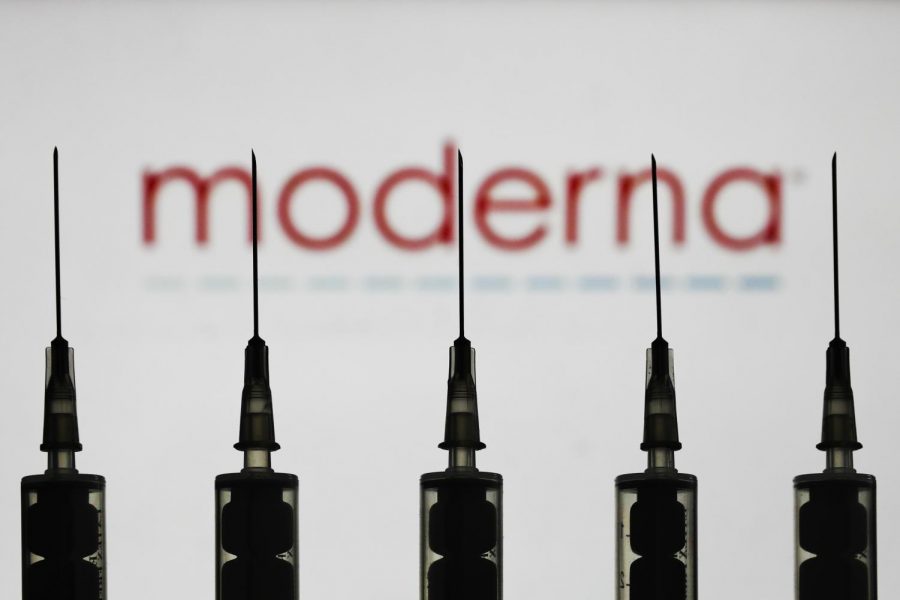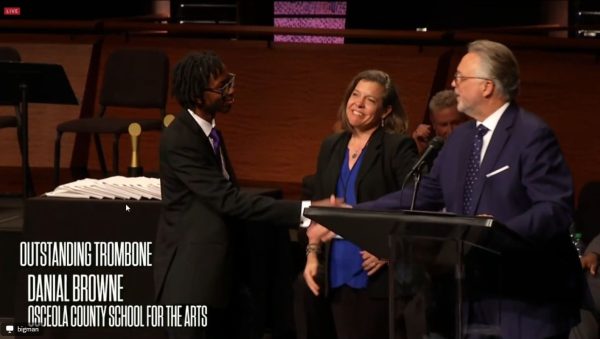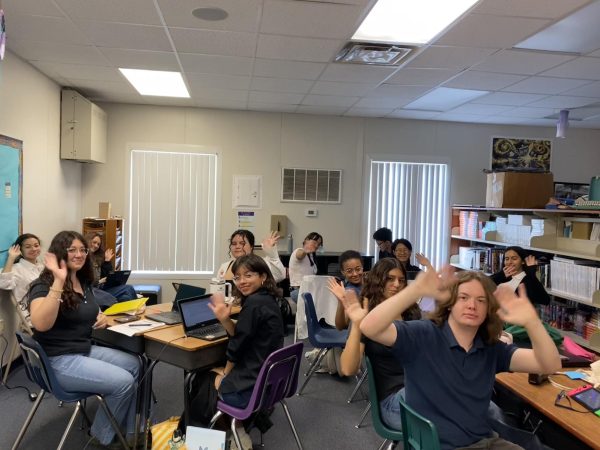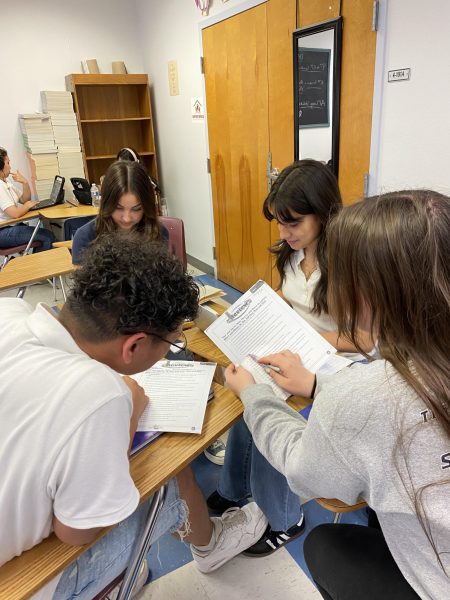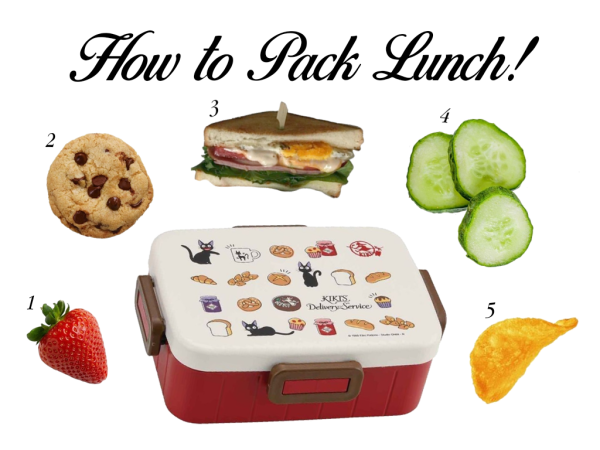Moderna’s COVID-19 Vaccine looks Promising
November 18, 2020
After months of research on COVID-19, the virus that surfaced a little over a year ago, the world is finally getting some leverage against the coronavirus. On Monday, the Massachusetts based company, Moderna, is the newest addition to the elite group of companies that have gotten a supply agreement with the US, which include the Pfizer and BioNTech vaccine. The Moderna vaccine, mRNA-1273, is reducing the risk of COVID-19 infection by 94.5%. There were only 95 COVID-19 infection cases of the total 30,000 patients who participated in the company’s study. The news lifted hope across the world that we might finally be seeing the end of the pandemic.
Moderna has not released any information on how long the vaccine would provide protection, it could be long-lasting, or fade away in under a year and require a booster. Moderna started their trials on July 27 and has not been able to follow up with volunteers for long enough to know how long will the vaccine last.
The vaccine’s distribution would most likely start in January as a part of the national security plan. Last Monday, L.A. County Public Health Director Barbara Ferrer commented that health care workers would get the first pick of the vaccine, followed by essential workers who are in close contact with people who are high-risk for the virus, as well as those in skilled nursing facilities, then the vaccine would be distributed to the general public. President-elect Biden is supposed to take office in January, which is exactly when most of these vaccines will be ready for roll-out Because President Trump is currently refusing to concede the election, there is no clear hand-off to Biden’s administration.
The next step would be getting the green light from the Food and Drug Administration, but it would take months to administer widespread distribution. The United States is suffering from a devastating explosion of new COVID-19 cases. In addition, the Moderna vaccine needs a storage temperature of about -4 degrees Fahrenheit, which means the United States would need distribution centers like Walgreens or CVS to have complex freezing systems. However, vaccine research has started to exhaust the supply of dry ice which is essential for packaging the vaccine.

